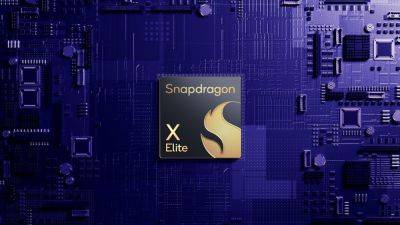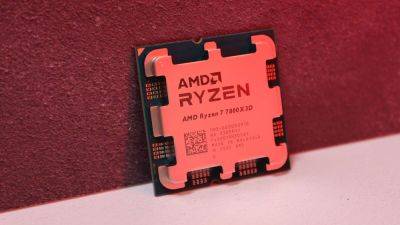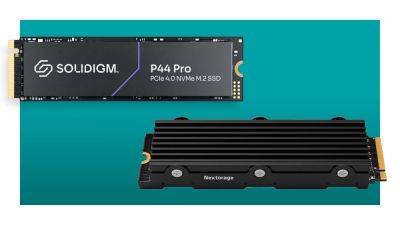Did you know your gaming PC's family tree could be traced back to one 1960s nuclear ICBM?
What, exactly, was the origin of the ubiquitous desktop computer? A strong candidate highlighted by Youtube channel Alexander the ok (via Reddit) is the Minuteman D-17b, the computer that powered the eponymous intercontinental ballistic missile from the early 1960s.
The first question that springs from this claim is what the hell does a computer in a missile have to do with desktop computing? The answer, surprisingly, is that computers from the missiles were given to universities and other research institutions, free of charge, at the end of the 1960s.
That was possible because the Minuteman 1 missile was being phased out at that time in favour of the then-new Minuteman 2. And the computers inside these missiles were quite unlike the lumbering, room-filling beasts that typified computing of the time.
Exactly what constitutes a 'desktop' computer is obviously subjective, even a little arbitrary. However, Alexander the ok suggests a definition around the idea of a general purpose machine small enough and light enough to be picked up by a single person. That's seems reasonable and by his reckoning the Minuteman D-17b was the first to meet that definition.
Once the missile had been decommissioned, the entire guidance section of the missile body, including the Minuteman D-17b computer, was sent to universities, hence the cylindrical form factor in the image above.
And it was indeed guidance that was the original purpose of these machines. In the days before GPS, the missiles relied on inertial navigation, courtesy of gyroscopes and accelerometers, the outputs of which fed into guidance trajectories equations, all of which was computed, literally and figuratively on the fly, by the D-17b.
For the record, the Minuteman missile was smaller than you might think, measuring just 17 metres in height and 170 cm across at its widest point. The guidance section of the missile containing the D-17b was 75 cm across and 80 cm high. Bigger than a typical desktop PC, to be sure, but







